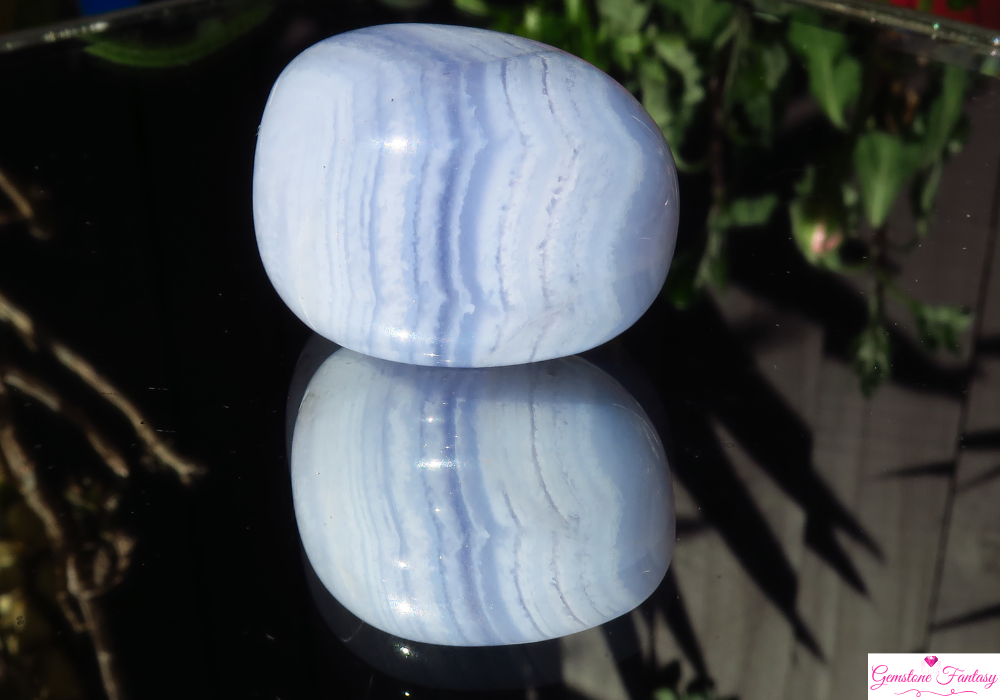Blue sapphire, a member of the corundum family, is one of the most prized gemstones in the world, celebrated for its deep blue hue and exceptional durability. With a long history of significance in various cultures, blue sapphires symbolize wisdom, loyalty, and nobility. Their striking appearance and enduring qualities make them a popular choice for jewelry, especially in engagement rings and other fine pieces.
Geological Formation
Blue sapphires are formed under specific geological conditions that contribute to their unique characteristics.
- Formation Process: Blue sapphires form in metamorphic and igneous rocks, primarily through high-temperature and high-pressure conditions. These stones are created when aluminum oxide undergoes crystallization, often incorporating trace elements such as iron and titanium, which give sapphires their distinctive blue color.
- Chemical Composition: The chemical formula for sapphire is Al₂O₃ (aluminum oxide). The presence of iron and titanium in the crystal structure causes the blue coloration, with varying concentrations influencing the depth and intensity of the hue.
- Primary Locations: Significant deposits of blue sapphires can be found in countries such as Myanmar (Burma), Sri Lanka, Madagascar, and Australia. Each location has its unique geological characteristics, producing sapphires with different qualities.
Varieties and Classifications
Blue sapphires can be classified based on their color, origin, and clarity.
- Color Variations: The most desirable sapphires exhibit a vivid, velvety blue color. However, shades can range from light blue to dark blue, influenced by the presence of different trace elements. The most coveted sapphires are often described as “cornflower blue.”
- Clarity: Clarity plays a crucial role in determining the value of a blue sapphire. High-quality stones are typically transparent, with minimal inclusions. However, some inclusions can enhance the stone’s character, particularly in the case of the rare “star sapphires,” which display a star-like phenomenon due to needle-like inclusions.
- Geographical Classifications: The origin of a sapphire significantly impacts its value. Burmese sapphires are known for their exceptional quality and vivid color, while Sri Lankan sapphires are appreciated for their clarity and brilliance.
Cultural Significance and Folklore
Blue sapphires have held cultural importance throughout history, with numerous legends and beliefs surrounding the stone.
- Historical Use: In ancient Persia, it was believed that the sky was blue due to the reflection of blue sapphires. Similarly, in medieval Europe, sapphires were favored by royalty and clergy, symbolizing divine favor and protection.
- Symbolism: Blue sapphires are often associated with wisdom, loyalty, and nobility. They have been used as talismans for protection and are thought to bring peace and tranquility to the wearer.
- Folklore: Folklore surrounding blue sapphires often highlights their protective qualities. It is believed that wearing a sapphire can help one gain insight and wisdom while warding off negative energies.
Birthstone and Zodiac Connections
Blue sapphire has significant connections to astrology and birthstone traditions.
- Birthstone: Blue sapphire is the traditional birthstone for September, symbolizing purity, wisdom, and nobility.
- Zodiac Sign: Blue sapphires are particularly linked to the zodiac signs Virgo and Libra. They are believed to enhance the positive traits of these signs, such as intelligence, diplomacy, and harmony.
Healing and Metaphysical Properties
Blue sapphires are widely regarded for their potential healing and metaphysical benefits.
- Emotional Healing: Many believe that blue sapphires promote emotional balance and mental clarity. They are thought to help alleviate anxiety and stress, fostering a sense of calm and tranquility.
- Physical Healing: In holistic practices, blue sapphires are believed to support the throat and communication, aiding in effective expression and self-confidence.
- Spiritual Growth: Blue sapphires are considered powerful stones for spiritual growth, enhancing intuition and insight. They are often used in meditation to deepen one’s connection to higher consciousness.
Popular Uses in Jewelry and Design
The stunning appearance of blue sapphires makes them a favored choice in various jewelry and design applications.
- Earrings and Necklaces: Blue sapphires are commonly featured in earrings, necklaces, and pendants, adding a touch of elegance and sophistication. Their deep color beautifully complements precious metals like gold and platinum.
- Rings: Sapphires are popular choices for engagement and wedding rings, symbolizing fidelity and commitment. The durability of sapphires makes them suitable for everyday wear.
- Decorative Items: Beyond jewelry, blue sapphires are often used in decorative items such as brooches, bracelets, and statement pieces, showcasing their beauty and elegance.
How to Identify Authentic Blue Sapphire
Identifying genuine blue sapphires involves examining specific characteristics.
- Color and Clarity: Authentic blue sapphires should exhibit a rich, vibrant blue color with good transparency. Look for natural inclusions that enhance the stone’s character rather than detract from its value.
- Hardness: Blue sapphires have a Mohs hardness of 9, making them one of the hardest gemstones available. This hardness can help differentiate them from softer blue stones like topaz or turquoise.
- Weight: Genuine sapphires are dense and heavier than many imitation stones. If a piece feels unusually light, it may not be authentic.
Tips for Caring and Storing
Proper care is essential to maintain the beauty and longevity of blue sapphire jewelry.
- Cleaning: Clean blue sapphires using warm, soapy water and a soft brush. Avoid using ultrasonic cleaners or harsh chemicals, as these can damage the stone.
- Storage: Store sapphire jewelry separately to prevent scratches from harder gemstones. Use a soft pouch or a lined jewelry box for protection.
- Handling: While sapphires are highly durable, handle them with care to avoid chipping. Keep them away from extreme temperature changes and direct sunlight.
Market Trends and Pricing
The blue sapphire market has seen notable trends influenced by fashion and consumer demand.
- Pricing: Prices for blue sapphires can vary significantly based on color, clarity, and size. High-quality sapphires can range from $1,000 to $10,000 per carat, depending on the specific type and market demand.
- Market Trends: The popularity of blue sapphires has remained strong, particularly due to their historical significance and association with luxury. Consumers increasingly seek ethically sourced and high-quality gemstones, influencing pricing trends.
Final Thoughts
Blue sapphires are more than just exquisite gemstones; they embody wisdom, loyalty, and nobility. Their rich history, cultural significance, and stunning appearance make them a cherished choice among jewelry enthusiasts and collectors alike. Whether appreciated for their aesthetic allure, emotional benefits, or symbolic meanings, blue sapphires continue to captivate and inspire those who recognize their unique charm and value.

















